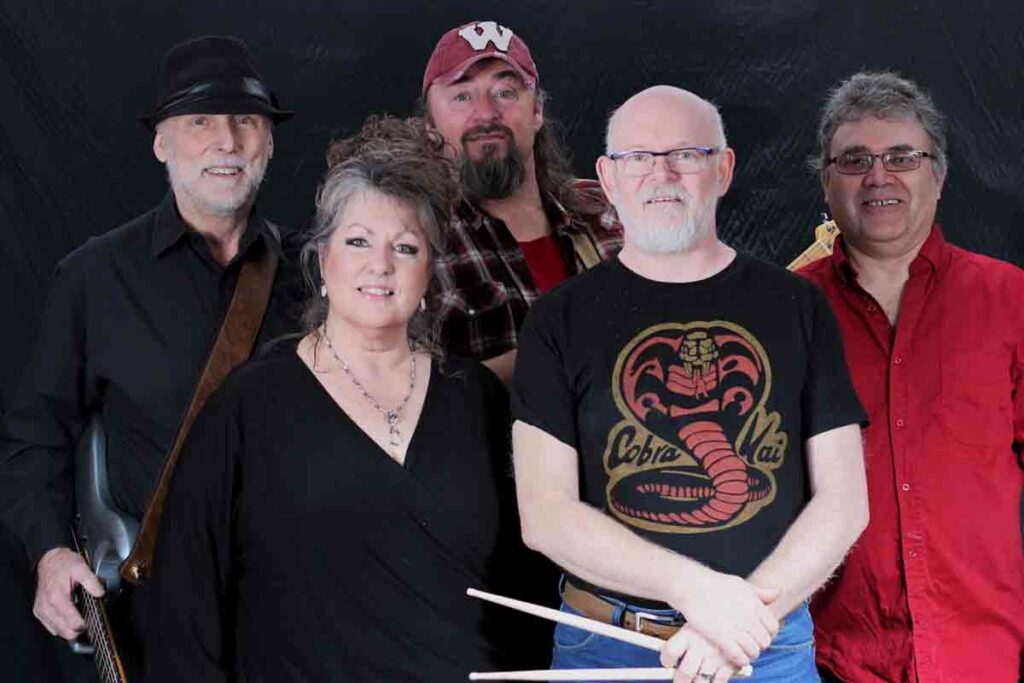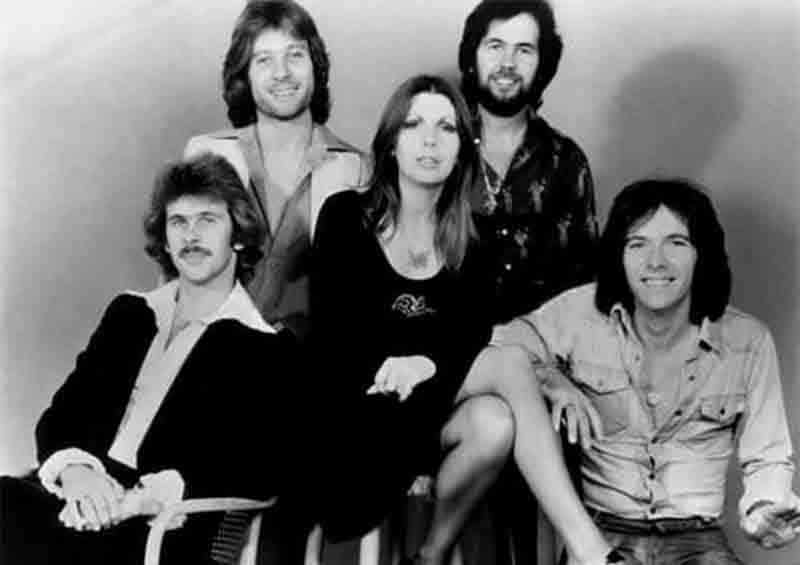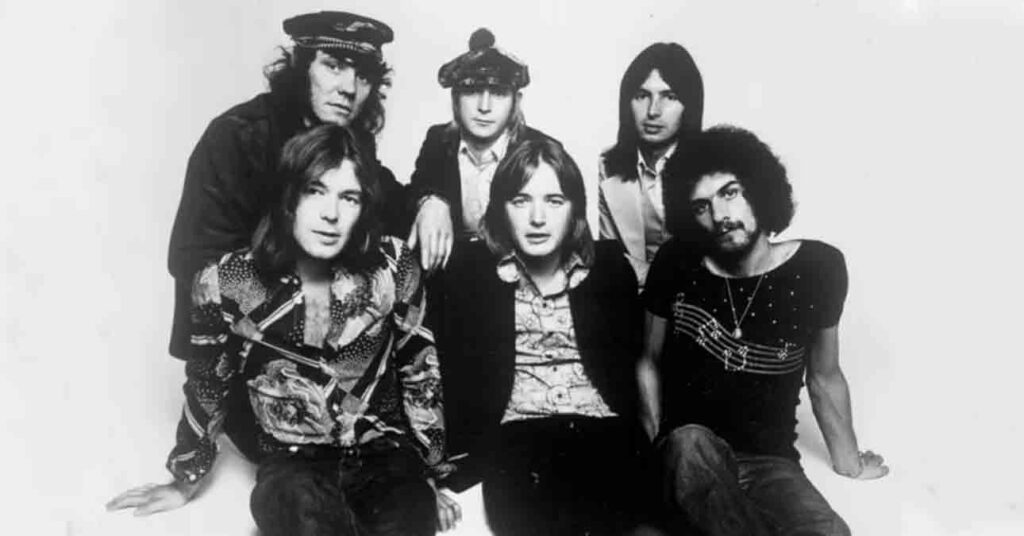The British group Renaissance is, in fact, already a rock classic. A little forgotten, a little underestimated, but whose hits are immortal to this day.

Renaissance: the beginning
The date of creation of this unique team is considered to be 1969. In the town of Surrey, in the small homeland of musicians Keith Relf (harp) and Jim McCarthy (drums), the Renaissance group was created. The line-up also included Relf's sister Jane (vocals) and former Nashville Teens keyboardist John Hawken.
Experimenters Macarty and Relf tried to combine such seemingly completely different styles of music: classical, rock, folk, jazz against the background of piercing female vocals. Oddly enough, they succeeded. As a result, it has become their hallmark, a distinctive feature that distinguishes this group from many others playing traditional rock.
A rock band using orchestration, the widest range of vocals and traditional rock instruments - rhythm, bass guitars and drums - it really was something new, original for sophisticated heavy metal fans.
Their first album «Renaissance" was released in 1969 and immediately attracted the attention of both listeners and critics. The team begins a successful touring activity, easily collecting large venues.
But, as, however, almost always happens, by the beginning of the recording of the second album "Illusion", the group began to disintegrate. Someone did not like the eternal flights, someone gravitated towards heavier music, and someone just felt cramped.
And everything could have ended just like that if new members had not come to the team. First it was guitarist/songwriter Michael Dunford, with whom the band recorded their second album, Illusion.

renaissance. Continuation
The group went through several line-up changes: Relph and his sister Jane left the group, and McCarthy almost disappeared after 1971. The new line-up formed around the core of bassist John Camp, keyboardist John Taut and drummer Terry Sullivan, as well as Annie Haslam, an aspiring singer with an opera background and a three-octave range.
Their first album with this lineup, Prologue, released in 1972, was more ambitious than the original lineup. It featured extended instrumental passages and Annie's soaring vocals. But the real breakthrough in creativity is their next record - "Ashes are Burning", released in 1973, which introduced guitarist Michael Dunford and guest member Andy Powell.
Their next single, recorded by Sire Records, had a much more ornate songwriting style and was filled with topical and mystical lyrics. The number of fans was constantly increasing, their compositions sounded on both sides of the Atlantic Ocean.
Renaissance in a new role
Renaissance became popular, touring activities began. Collaborations with the New York Symphony Orchestra also became a new idea. Concerts were held at various venues, and even at the famous Carnegie Hall.

The group's ambitions grew faster than its audience, which was centered on the American East Coast, especially New York and Philadelphia. Their new album, Scheherazade and Other Stories (1975), was built around a 20-minute extended suite for rock band and orchestra, which delighted the band's fans but, unfortunately, did not add any new ones.
The next live album, recorded at the New York concert, repeated their earlier material, including the Scheherazade suite. He changed little in the minds of the fans and only showed that the group had stopped developing, a creative crisis had settled inside the team.
And the next two albums of the group did not find new listeners. By the end of the 70s, Renaissance began to play super trendy, iconic punk rock.
80s. Continued activities of the group
In the early 80s, several more albums were released. They are no longer so relevant and are of no interest, both for listeners and for commercial offers.
In the group, squabbles begin, a showdown, and it first splits into two, with the same name. Then, torn apart by controversy between members, trademark lawsuits and a creative crisis, the group ceases to exist altogether. There were rumors that the founders of "Renaissance" were planning to launch a new project in the old style of performance. At that stage, all this remained rumors.
Return of the band to the music arena
As usual, disbanded bands have plans to repeat their initial success. So Renaissance decided to return in '98. They got together again to record a new album "Tuscany", which was released 3 years later, in 2001. However, a year later everything happened again: the group broke up.
And only in 2009, Dunford and Haslam reanimate the team, pouring new blood into it. Since then, the band has been touring and recording new albums. Unfortunately, in 2012 one of the oldest members died: Michael Dunford died. But the group lives on.
In 2013, another studio album "Grandine il vento" was recorded. And yet, the golden fund of the group, and of rock in general, can be called the early work of the musicians, which brought them world fame.



